Are you tired of lifting with just your bare hands and feeling like a weakling in the weight room? Do you dream of lifting heavier and looking like a total boss? Well, fear not my fellow gym rats, for the solution is right at your fingertips (literally). Yes, my dear friends, it’s time to embrace the almighty weight lifting straps! But before you go ahead and strap yourself in, you need to master the art of strap usage. In this professional guide, we’ll take you through the ins and outs of weight lifting straps, and pretty soon, you’ll be lifting like a pro (and looking like one too!). So, grab your straps and let’s get started!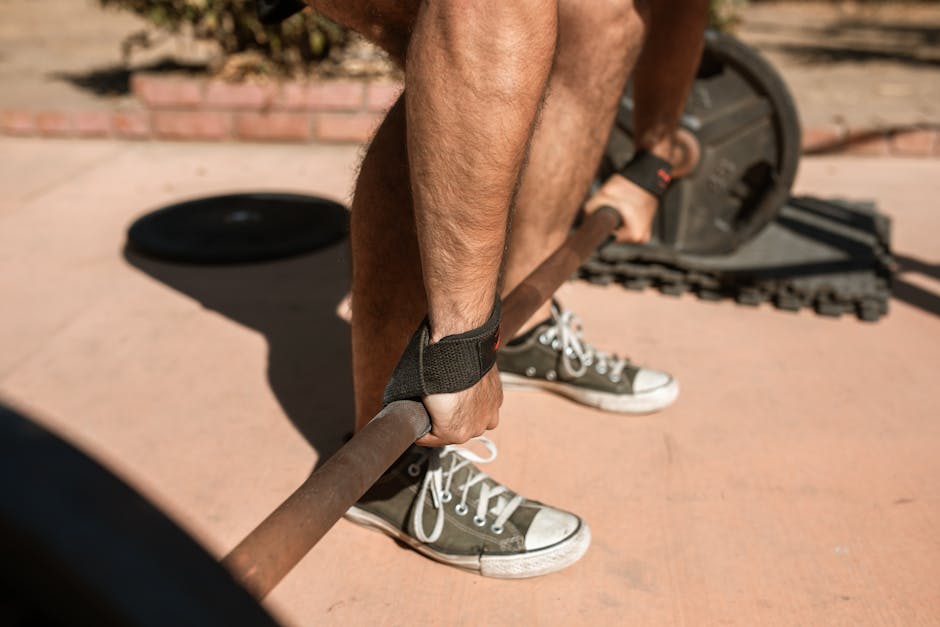
Contents
- 1 Introduction: An Overview of Weight Lifting Straps
- 2 Understanding the Construction and Materials of Weight Lifting Straps
- 3 When and How to Use Weight Lifting Straps: Techniques and Best Practices
- 4 Avoiding Injury and Maximizing Benefits: Tips for Proper Weight Lifting Strap Usage
- 5 Choosing the Right Weight Lifting Straps: Factors to Consider
- 6 Don’t be a ‘straps’ out!
Introduction: An Overview of Weight Lifting Straps
Weight lifting straps! Oh yes, these babies are a godsend for those of us who want to take our lifting game to the next level. If you’re sick of your grip giving out before your muscles do, then it’s time to add some straps to your lifting arsenal.
Now, some of you might be thinking, “But wait, won’t using straps mean I’m cheating?” Fear not, my fellow gym-goer, as using straps is not cheating – it’s just a smart way to enhance your workouts. Straps allow you to focus solely on the targeted muscle group without worrying about your grip failing, leaving you with the satisfaction of an incredible pump and newfound strength.
If you’re a newbie to lifting, you might be wondering what exactly weight lifting straps are. Well, friend, let me enlighten you. Straps are typically made out of heavy-duty cotton, nylon, or leather, and are used to support your grip while lifting heavy weights. They wrap around the barbell or dumbbell and then around your wrist, creating a secure connection that allows you to lift with ease. Don’t let their simple design fool you though – these small pieces of equipment are mighty helpful. Plus, with so many different styles and brands to choose from, you can find the perfect strap that fits your lifting style and personality.
Understanding the Construction and Materials of Weight Lifting Straps
Weight lifting straps are essentially accessories that are utilized by weight lifters to aid in holding onto heavy weights. They might seem like something simple, but these straps are carefully constructed and designed to offer the highest level of support. Here’s what you need to know about the construction and materials of weight lifting straps:
– Polyester: Polyester is the most common material used in weight lifting straps and for good reason! It is strong, durable, and lightweight. Plus, it’s perfect for sweating into during intense workouts. No one wants to stick their hands into a pair of sopping wet leather straps, am I right?
– Cotton: Cotton straps are another popular material choice. They are softer and more comfortable than their polyester counterparts, but they are not as durable and tend to fray over time. So, if you want straps that will last you longer than a Kardashian marriage, stick with polyester.
– Nylon: Nylon is the Teflon of weight lifting strap materials – it’s resistant to just about everything. It’s strong, durable, and can withstand even the toughest workouts. Plus, it’s like the cool kid of the strap world – it comes in all sorts of fun colors and patterns. Who says you can’t be stylish while lifting heavy weights?
In conclusion, weight lifting straps are an essential part of any serious weight lifter’s gear. Whether you prefer polyester, cotton, or nylon, there’s a strap out there that’s perfect for you. So, go out there and find your perfect match – and don’t forget to flex those gains while you’re at it!
When and How to Use Weight Lifting Straps: Techniques and Best Practices
Weight lifting straps are like the superheroes you call when you’re in desperate need of a boost. They give you the grip and support you need to move those weights around without dropping them on your feet. But, just like superheroes, they’re not always necessary. Here are some tips on when and how to use weight lifting straps:
– When your grip is failing you: We’ve all been there, trying to deadlift those last couple of reps but your fingers just can’t hold on any longer. That’s when it’s time to bring out the straps. Wrap them around the bar and your wrists, and voila! You’re suddenly a lot stronger. Just make sure you’re still engaging your grip muscles as much as possible, and that you’re not using the straps as a crutch.
– When you’re doing an exercise for the first time: If you’re trying out a new exercise and you’re not sure how your grip will hold up, it’s a good idea to use straps. This will give you the confidence to focus more on the movement and less on whether or not you’re going to drop the weight. Plus, you’ll be able to lift heavier weight right off the bat. Bonus!
– When you’re going for a personal record: If you’re trying to deadlift or shrug a weight that’s heavier than what you’ve lifted before, straps can help you get there. Instead of worrying about your grip failing, you can focus on lifting the weight with your muscles. But again, don’t let the straps do all the work. Make sure you’re still gripping the bar as tightly as possible and engaging your forearms.
Remember, weight lifting straps are a tool, not a crutch. Use them when you need them, but don’t rely on them all the time. And always, always, always warm up properly before using them. Now go out there and lift like a superhero!
Avoiding Injury and Maximizing Benefits: Tips for Proper Weight Lifting Strap Usage
Proper Weight Lifting Strap Usage: Avoiding Injury and Maximizing Benefits
Attention all gym-goers! Are you tired of pesky injuries and feeling like a weakling when you hit the weights? Fear not, because proper weight lifting strap usage is here to save the day. Whether you’re a seasoned lifter or just starting out, here are some tips to ensure maximum gains and minimal pain.
First and foremost, always make sure your straps are securely fastened. We don’t want any accidents happening mid-lift, do we? And while we’re on the topic of accidents, be sure to lift with proper form. No slouching, no jerking, no questionable grunting noises. Keep it clean, people.
Secondly, know your limits. Don’t be afraid to start out with lighter weights and gradually work your way up. Your ego may take a hit, but your gains will thank you. Remember, slow and steady wins the race. Or, in this case, the bench press competition.
Lastly, don’t be afraid to switch things up. Try out different types of straps and see what works best for you. Some may prefer cloth straps, while others swear by leather. Experiment with different grips and see what feels most comfortable. Your routine may need a bit of tweaking here and there, but trust us, it’ll be worth it in the end. Happy lifting!
Choosing the Right Weight Lifting Straps: Factors to Consider
Factors to Consider When Choosing Weight Lifting Straps
As someone who has been lifting weights for a long time, I can say with certainty that having a trusty pair of weight lifting straps can make all the difference. But picking the right straps can be a daunting task, especially if you’re new to the world of weight lifting. So, without further ado, here are a few factors to consider when choosing the right weight lifting straps:
- Material: There are a lot of different materials to choose from, including cotton, nylon, and leather. Cotton straps are cheap and washable, but they don’t last very long. Nylon straps are more durable, but they can rub your skin raw if you’re doing a lot of heavy lifting. Leather straps are the most expensive, but they’re also the most comfortable and long-lasting.
- Length: The length of your straps will depend on what you’re lifting and how you’re lifting it. If you’re doing heavy deadlifts or rows, you’ll want longer straps to wrap around the bar. If you’re doing lighter lifts like bicep curls, shorter straps will suffice.
- Design: Do you want basic plain straps or do you want straps with some pizzazz? Do you want ones with fun designs or ones that match your gym clothes? This may seem silly, but it’s important to choose straps that make you feel good and inspire you to lift.
At the end of the day, the most important factor when choosing weight lifting straps is comfort. You don’t want straps that are going to cut off circulation to your hands or make it impossible to grip the bar. Take your time, do your research, and don’t be afraid to invest in a good pair of straps. Your hands (and your gains) will thank you.
Don’t be a ‘straps’ out!
Well, well, well! You made it till the end, huh? That means one thing – either you’re a weight lifting enthusiast or you’re just trying to learn something new. Nonetheless, mastering weightlifting straps is not rocket science, and we’re glad that we were able to guide you through it.
By now, you must have gotten a fair idea about what weightlifting straps are, their types, and how they can work wonders for your training. So, the next time you hit the gym with your cotton-jersey gloves and wrist wraps, remind yourself that they might be sturdy, but weightlifting straps sure are swank!
As with anything else, practice makes perfect, so don’t lose your heart if you don’t ace the first time around. You never know, you might just astonish yourself with your grit and mastery! And always remember, don’t be a ‘straps’ out, or you might just strap down your gains.
Until next time, folks, lift smart, stay strong, and most importantly, stay safe!

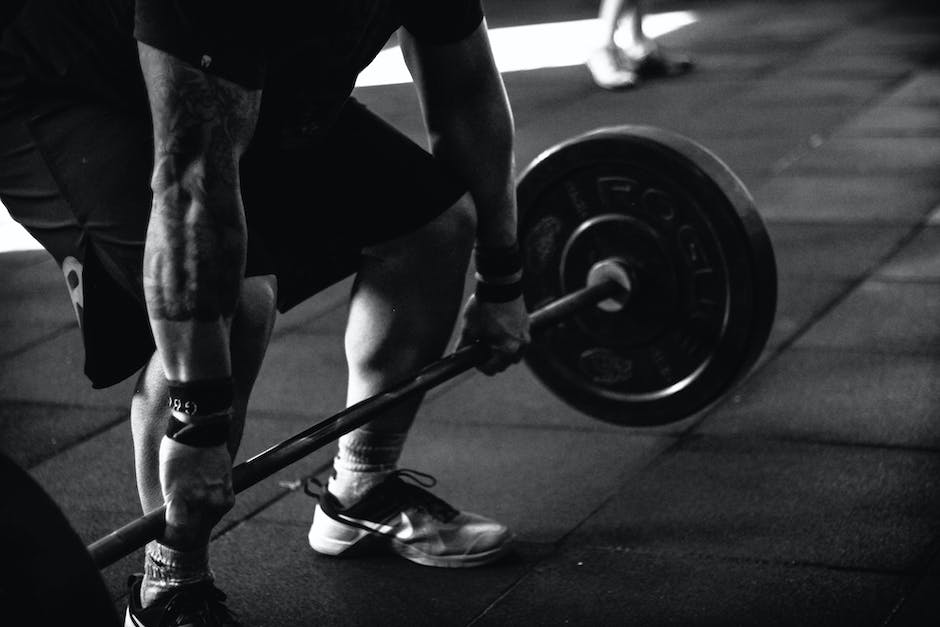
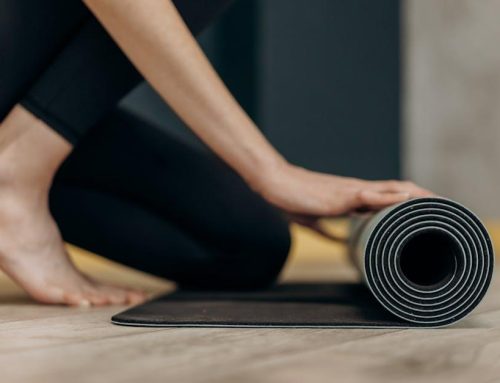
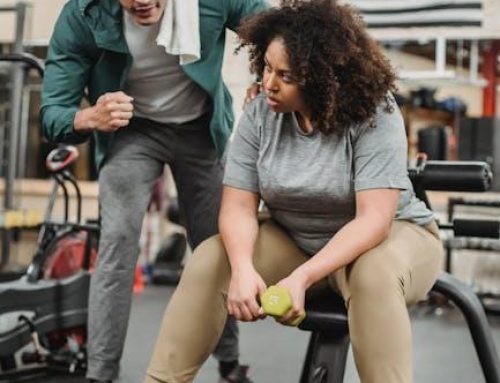
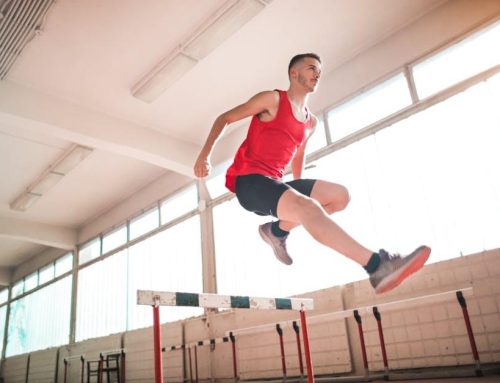
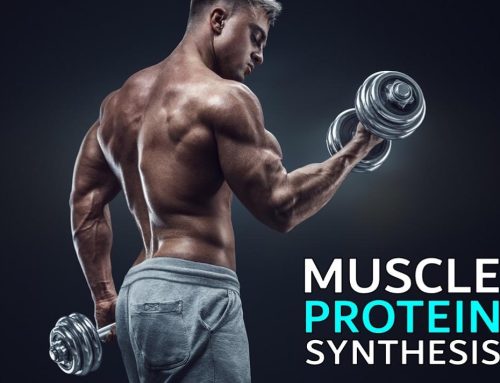


Leave A Comment